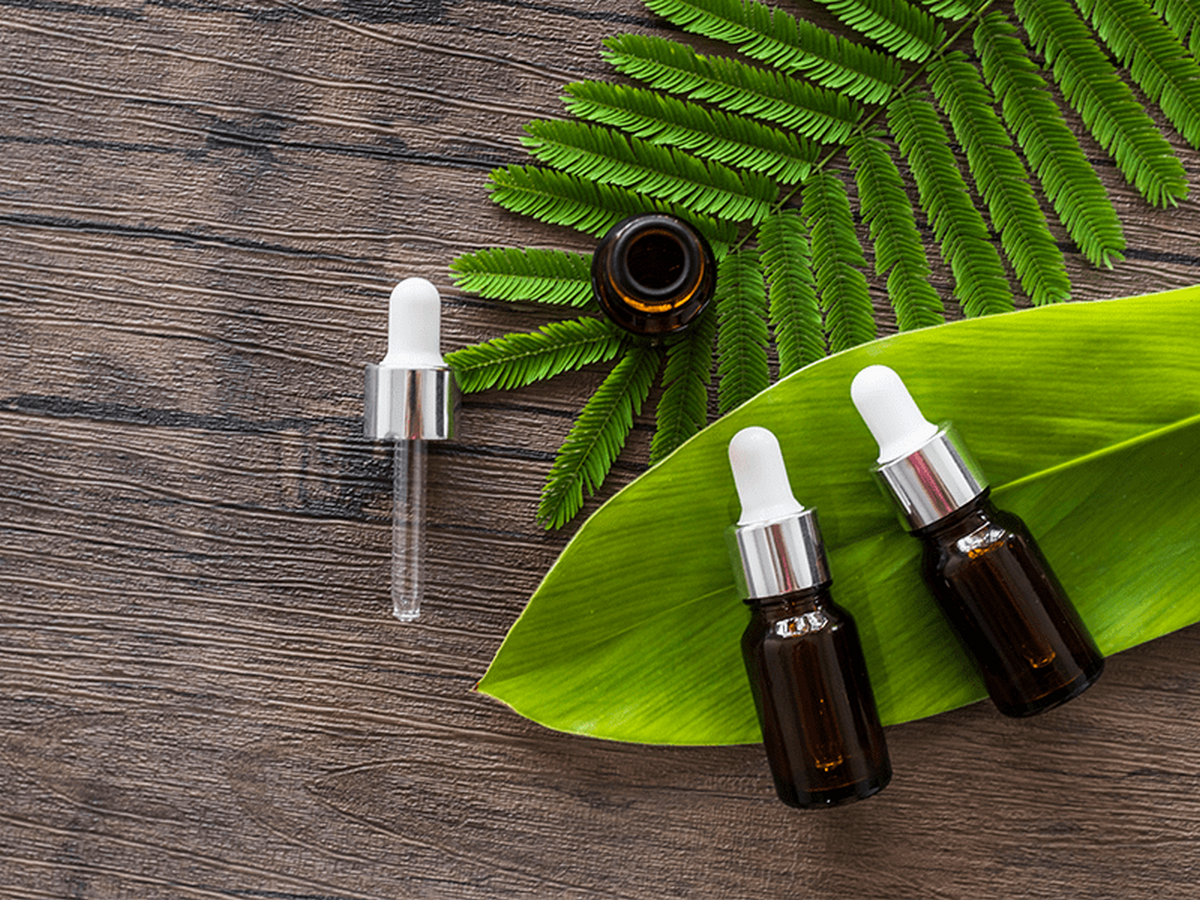Salicylic acid: Eliminates acne scars?

Salicylic acid (SA) is the most widely used analgesic, antipyretic and anti-inflammatory molecule in the world. It is a natural product found in willow bark and has been used for centuries to relieve fever and pain. It is a precursor to acetylsalicylic acid, the active ingredient in aspirin.
Table of Contents
Salicylic acid and acne
When applied topically, salicylic acid can be a cure for acne but works best in mild to moderate form. It is also used for other skin diseases, such as e.g. psoriasis.
Acne is a skin condition characterized by inflammation of the sebaceous glands. It is common in adolescents but is also found in adults. It occurs mainly on the face, back and sternum. It is created when sebum and skin cells clog the hair follicles.
As hair follicles attach to dead skin cells and sebum, bacteria can develop that cause the pores of the skin to swell and pimples or white spots to appear. Salicylic acid is a fat-soluble ingredient that penetrates the skin through its pores and dissolves dead skin cells that clog the pores. Fat-soluble ingredients penetrate deeper into the skin than water-soluble ingredients, and it is this property that makes salicylic acid a powerful molecule for treating acne.
Salicylic acid and use
It may take several weeks of use to see the full result. Your dermatologist will recommend a form and dosage specifically for your skin type and condition. You can find gels, lotions and soaps that contain salicylic acid from 0.5% to 2%. At higher concentrations it is used as an exfoliating agent for various diseases – including acne – in dermatological clinics. Salicylic acid relaxes and breaks down bonds (adhesions between cells in the outer layer of the skin) and this binding action promotes skin exfoliation.
A clinical trial that looked at the effectiveness of the drug and was published in 2013 involved 20 patients with facial acne, aged 19-32 years (2 men and 18 women). Patients were treated with a topical 1.5% SA cream and instructed to apply it as a thin layer to the affected area twice a day (morning and evening) for 4 weeks.
The results were quite satisfactory. Overall, 95% of patients improved. 20% had complete clearance, 30% had a significant improvement, 15% had a moderate improvement, 30% had a slight improvement while there was no response in 5% of patients. No side effects were observed. This study demonstrated the efficacy and safety of topical cream with SA 1.5% which further improved the condition in mild to moderate acne [2].
Salicylic acid and side effects
Applying salicylic acid during the day may cause photosensitivity, so it is recommended to use it at night. Otherwise, it is necessary to use sunscreen on the applied areas of the face.
The most common side effect of salicylic acid is its ability to irritate and dry the skin in people who are sensitive or in people who use it excessively. For this reason, people with very dry or sensitive skin should consider avoiding it altogether. It is also not the best choice if you are pregnant or taking certain medications, including blood thinners. People with salicylic acid allergy should not use it.
The drug is intended for use on your skin only. It should not go into the eyes, nose or mouth. If it accidentally gets in your eyes or other mucous membranes, rinse immediately with water for 15 minutes.
During breastfeeding, salicylic acid is unlikely to be absorbed into breast milk, however it should not be applied to areas of the body that may come in contact with the baby’s skin or mouth.
The serious side effect is that salicylic acid can be toxic when applied to large parts of the body. Toxicity occurs when the concentration in the blood exceeds 35 mg / dL. It can be used topically with a 6% salicylic acid preparation on more than 40% of the body surface [1]. Prior to 1964, 13 deaths from local toxicity had been reported. Therefore, do not apply salicylic acid products to large areas and do not use them for long periods of time. It should not be used in children under two years of age [3].
At Vita4you.gr you will find a wide variety of products for acne!
References
Disclaimer
The content of this blogspot is not and can not be considered as medical advice, diagnosis or treatment. All information is provided to readers solely for informational purposes. There is no intention to substitute this content for personalized medical advice, diagnosis, prognosis or treatment.










Leave a comment